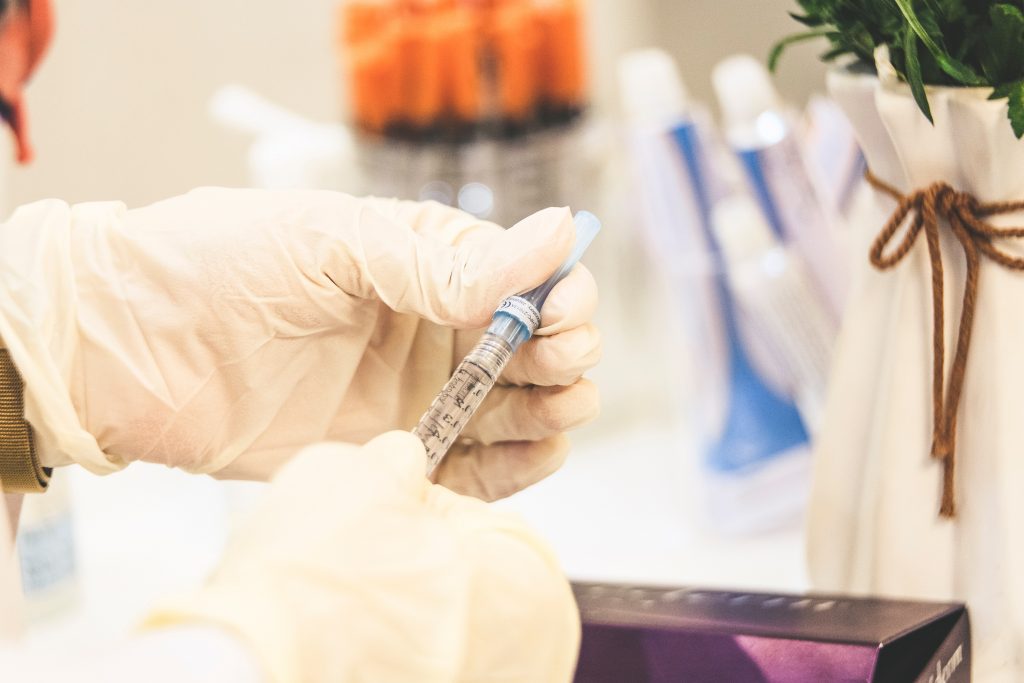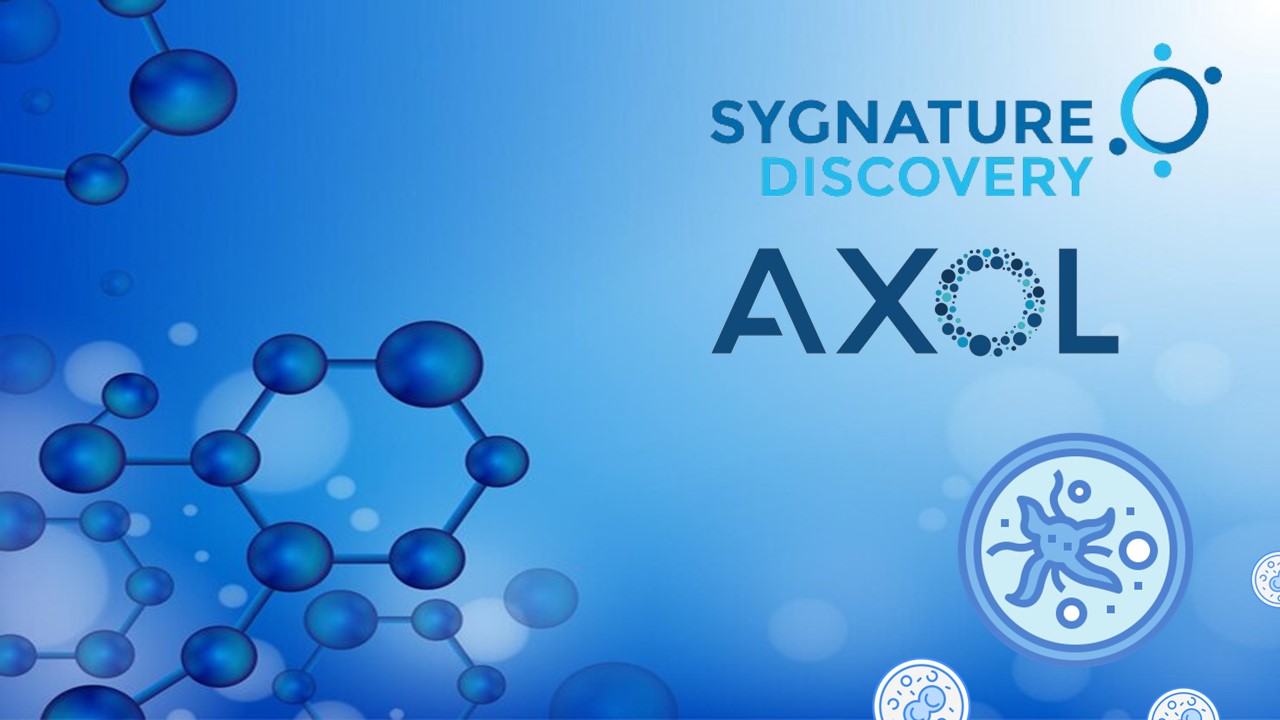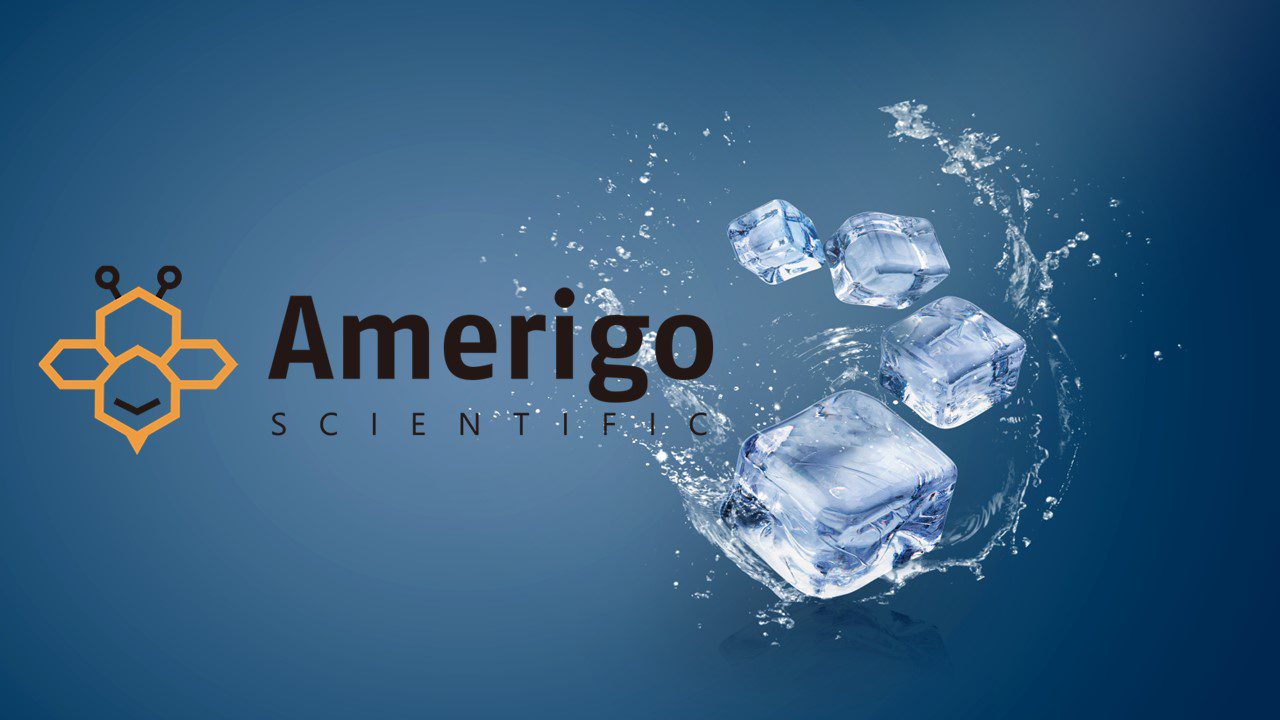
The manufacturing of sterile injectables has historically presented challenges with aseptic practices. Recent investment in robotics technology however, has the potential to overcome some of the challenges and revolutionise manufacturing practices. Pfizer is one of the latest pharmaceutical companies investing in sterile injectable manufacturing.
Introduction
Injectable drug products are a popular formulation, as they typically enable a more rapid delivery of the drug to target tissue in comparison to alternative methods like oral tablets. Injectable products can be developed into many different types depending upon several factors:
• Desired characteristics of the drug
• Desired onset action of the drug
• Desired route of administration
Drugs dissolved in water or other solvents are known as injectable solutions, and may include additives to stabilise the solution. Injectable suspensions and emulsions are examples of other formulations.
Reproducible sustained delivery of a drug at a target site is a desired component in controlled drug-delivery systems – perinatal injectables are an example of such controlled delivery systems. In comparison with conventional formulations, long-acting injectables offer many advantages for the same compounds.
Some of these advantages include:
• A predictable drug-release profile during a defined period of time following each injection
• Better patient compliance
• Ease of application
• Improved systemic availability by avoidance of first-pass metabolism
• Reduced dosing frequency (i.e., fewer injections) without compromising the effectiveness of the treatment; decreased incidence of side effects; and overall cost reduction of medical care.
Examples of drugs for sustained-release injectable delivery systems include gene delivery, hormone therapy, and immunosuppressive drugs such as rapamycin.
How are injectables developed and manufactured?
The development and manufacturing process of sterile drugs is typically made up of 10 stages. The first stage focuses on preformulation and formulation development – preformulation studies include investigating the thermal and pH stability of the compounds, as well as the light stability and oxidation potential. Formulation studies may include identifying the need for and appropriate strength of a surfactant/stabilizer/bulking agent.
Following this stage is process compatibility, which learns how the desired formulation behaves in an aseptic manufacturing environment. Studies are conducted to better understand how the product reacts when it comes into contact with different materials during manufacturing i.e. glass, stainless steel and plastics. Process compatibility is followed by filtration, examples of filters include microfilters for bacteria and yeast (used for injectable drug products).
Once the product has been filtered into a sterile filling container and said filter passes the postfill integrity test, it is ready to fill the primary container. Once the vials have been filled, they are transported down the filling line to receive pre-sterilised stoppers. If the product is not scheduled to be freeze-dried, the vial is transported to the capping station.
The product will then undergo quality control and be released by quality assurance before moving to the inspection stage. Inspectors will look for defects in the container, such as cracks or poor seals, and in the product, which could be floating particles, or discoloration. Once the product is released from inspection, it moves to labelling and packaging.
Emerging automation capabilities – Optimising sterility
The manufacturing of sterile injectables is a complex process that demands pharma manufacturers to follow guidelines to ensure an injectable product is safe and effective. This means that the product must be produced to standards of quality, purity and sterility that is uncompromising. Compliance with regulatory expectations are of utmost importance in order to protect patients.
In 2018, the FDA created a new guide designed to modernise the agency’s inspection protocol. The NIPP scheme details new ways of “assessing, recording and reporting data from surveillance and pre-approval inspections for sterile products”.
In a 2018 article, commissioner of the FDA Scott Gottlieb emphasised the importance of this new protocol for the manufacturing of sterile injectables, who said “The new tool is being applied to our inspectional work related to sterile injectable drugs, which have been the subject of sterility problems and shortages in the past. The primary focus of this new tool is to ensure a more streamlined and consistent coverage and reporting of our inspectional activities”.
The overhaul of sterility inspections no doubt arose from the frequent contamination issues with sterile injectable manufacturing that occurred in the years before. According to a source, in 2010 alone, more than half the batches of injectable drugs produced by pharma manufacturers were discarded because of quality control issues, such as bacterial contamination.
Since then, the emerging technologies in automated manufacturing have demonstrated significant advantages in maintaining aseptic conditions to ensure injectables remain sterile. In comparison with traditional production lines, robotic manufacturing typically comprises a lower total number of parts and so are typically easier to clean and lower the risk of contamination.
The automated actions of a robotics production line also reduces the chance for errors to arise with operator setup and cleaning, which could otherwise cost the manufacturer an entire batch of injectable products.
Pfizer invests $450 million in sterile injectables manufacturing facility
In April this year, Pfizer announced some of the latest innovations in the upcoming launch of its sterile injectable site, which is set to include robotics. The new Modular Aseptic Processing (MAP) Facility in Michigan, has been described as one of the most “technically advanced” sterile injectables plants in the world, according to the pharma company.
The new factory will leverage VR technology, robotics and isolator-based technologies to ensure products are protected from contamination. According to a recent source, trainees can test their execution of tasks with a VR wearable, which creates a virtual rendering of the facility from almost any location. Robotic glass loading and integrated vial filling are a few of the innovative technologies to become a part of the sterile injectable manufacturing plant.
Pfizer is investing $450 million into the MAP facility, which was first unveiled in 2018, is one of the many changes the pharma company is making to optimise sterile injectable manufacturing. In April 2019, CEO Albert Bourla credited “remediation and modernized manufacturing with allowing the company to stock 90% of its injectables portfolio” according to an article.
The investment into sterile injectables proved critical to support the manufacturing and shipment of medicines during the COVID-19 pandemic. Pfizer is one of many pharmaceutical companies who are beginning to focus more on refining the manufacturing of sterile injectables in order to meet demand.
Charlotte Di Salvo, Lead Medical Writer
PharmaFeatures
Subscribe
to get our
LATEST NEWS
Related Posts

Featured
Sygnature Discovery Teams Up with Axol Bioscience to Unleash Human iPSCs’ Power
Sygnature Discovery partners with Axol Bioscience to explore hiPSC-derived microglia for antineurodegenerative drug discovery.

Manufacturing & Logistics
Enhancing Resilience in Pharmaceutical Supply Chains: A Comprehensive Approach
In the realm of healthcare, particularly within the pharmaceutical supply chain, resilience is of paramount importance.
Read More Articles
Synthetic Chemistry’s Potential in Deciphering Antimicrobial Peptides
The saga of antimicrobial peptides unfolds as a testament to scientific ingenuity and therapeutic resilience.












